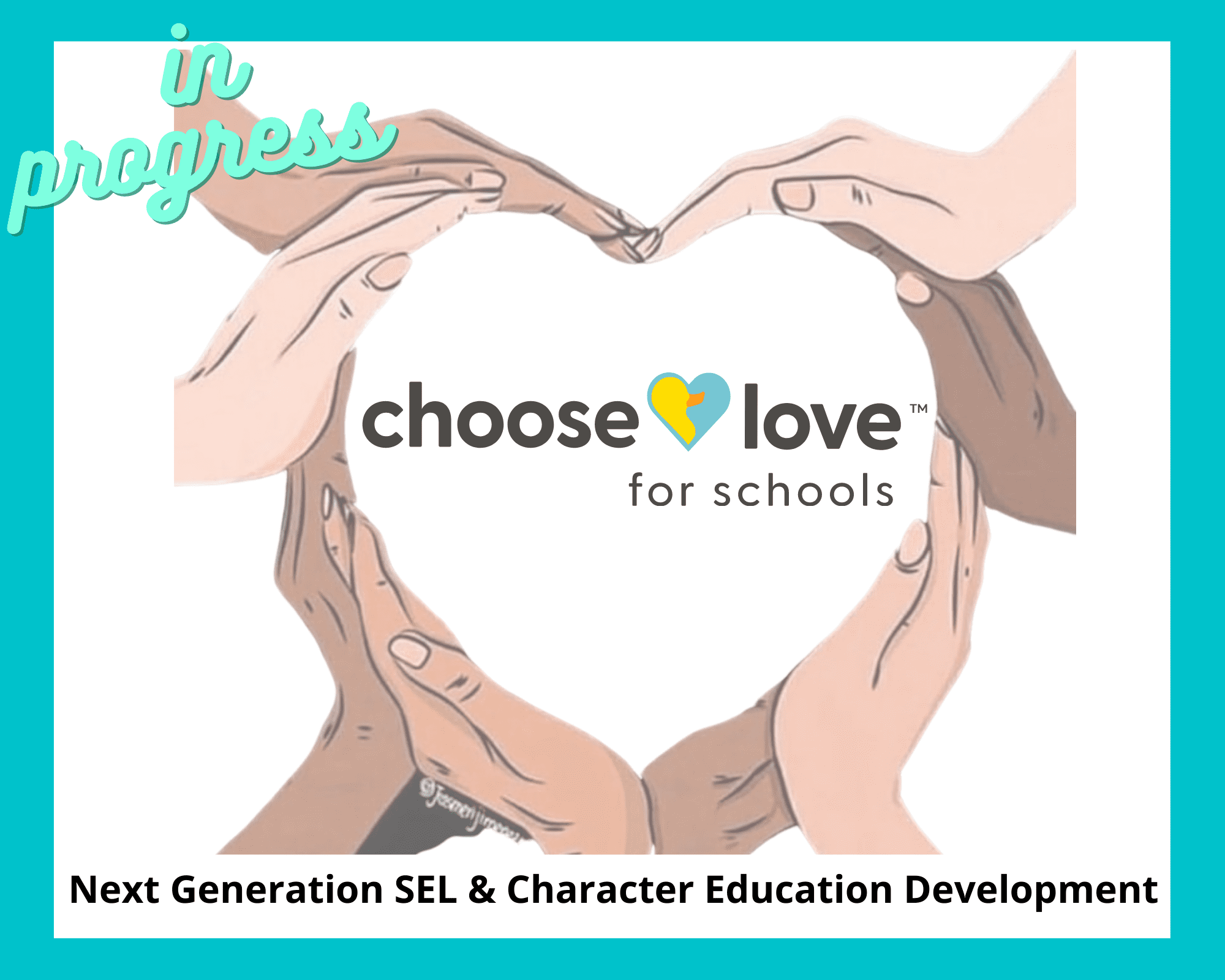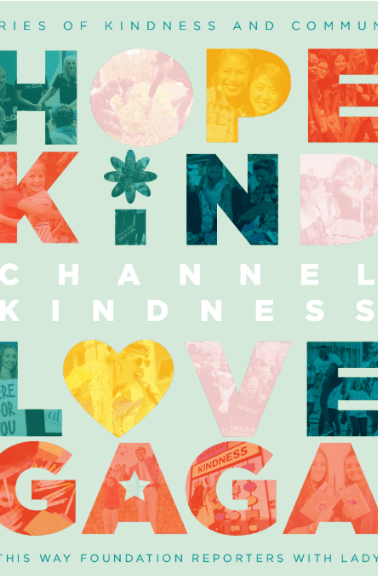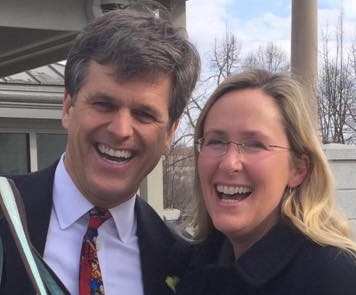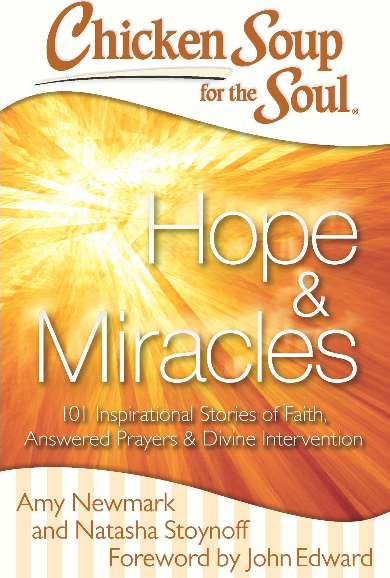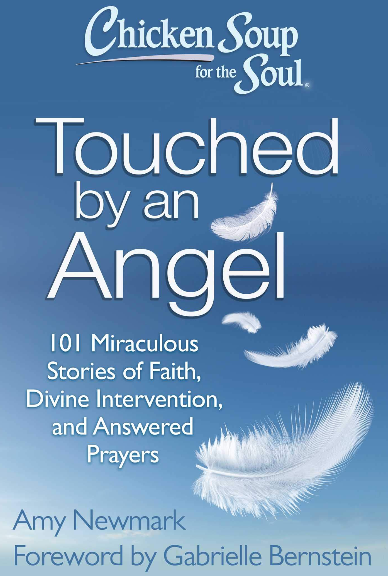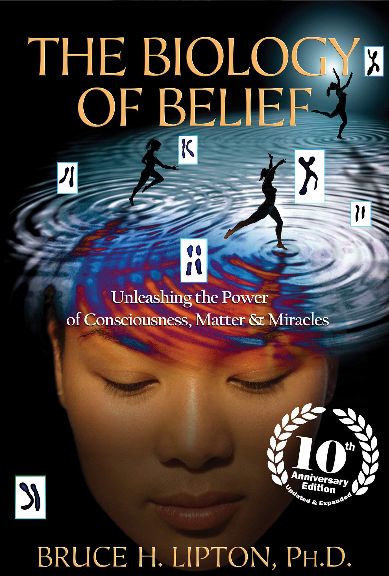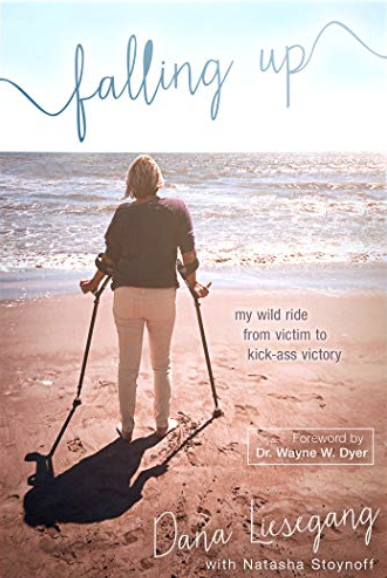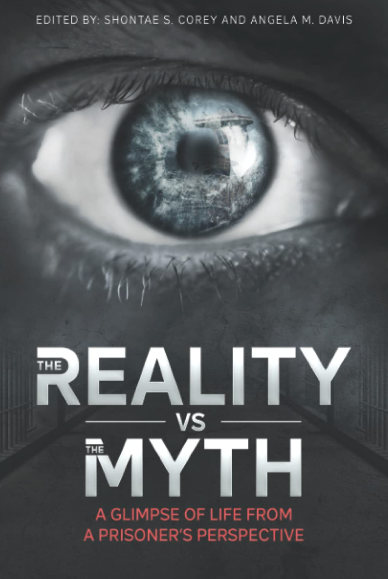In a recent interview, Scarlett and the team behind the updated Choose Love for Schools program, share how Choose Love helps to solve the problems present in today’s world:
How can Choose Love be used to prevent, and address bullying when it occurs?
The basic premise of the program is a powerful formula that can lead you to choosing love in any situation, circumstance or interaction. Students have shared with us that with Choose Love, they feel safer. They’ve also told us there is less bullying in their school (with school-wide adoption of the program and changes felt in the school culture over time.) In the case of bullying, students can also remind each other of the formula which begins with courage. The courage to be an up stander and speak out when you see bad things happening. The courage to face your tormentor with compassion, understanding that bullying comes from pain and disconnection in an attempt to off put that pain onto others. Kids who Choose Love might ask, “I’m sorry you feel that way, is there something I can do for you to help ease that pain?”
The formula continues into gratitude, gratitude for differences, what we can learn from one another, and how we can grow together. Gratitude helps us to be thankful for what we have and also shifts our focus from negative to positive. Forgiveness is also one of the character values. Forgiveness provides a process and an element of conflict resolution to enable both parties to move through the steps of forgiveness and get beyond the incident without negative and painful long term consequences. Compassion in action is the final character value that teaches the importance of having empathy for one another, a necessary component of healthy relationships and meaningful connection, and then an action component that teaches the importance of stepping outside your own self to help others. This formula, when used together, courage + gratitude + forgiveness + compassion in action can positively impact potential negative situations. The goal is to reduce and prevent the issues before they happen and can also be used as a thoughtful response to incidents as they occur. I am reminded of an assistant principal in NH who shared that she was called in to intercept two students who were having a conflict with one another. By the time she arrived, the students had already resolved their differences and her help wasn’t needed. They had learned the skills and tools to do this themselves through Choose Love.
One thing we wanted to make sure we did as well is to include the Caregiver Connection piece within each of the Choose Love for Schools lessons. This facilitates educators in sending certain components of the lessons home to include parents. Our Choose Love for Home Program, also offered at no cost, provides several opportunities for parents to learn these skills, tools and languaging alongside their children or themselves. This allows for another bridge between home and school. In addition, communities can get involved through our Choose Love for Communities programming. (In terms of the community piece, just this weekend, for example, in a virtual event out in Livermore CA, we were invited by the mayor to be on their Equity and Inclusion Committee.)
How can it be used to prevent incidents of racism, including racist name calling?
When the Choose Love program is embraced by most of the educators at the school, and the lessons are incorporated into daily learning, it positively impacts the school culture. Kids who “Choose Love” are kind and accepting of one another. When they’re not, they are reminded by the others who have the courage to speak up.
When talking about overall school safety and pathway to violence, Choose Love helps to reduce grievances before they even happen. It is proactive and preventative. Have a kind, caring, compassionate and loving culture helps to cultivate safety from the inside out of every student.
In the Choose Love for Schools for PreK-5, for example, the Choose Love curriculum teaches diversity, social justice and inclusion through literature, group activities, videos, and contemplative questioning. Students learn how we are all the same and how to value and celebrate our differences.
An inclusive, diverse, and multicultural literature component gives students an understanding and perspective of their own lives as well as those of others; it helps students develop emotional intelligence and creativity; it nurtures growth and development of the students’ personalities and social skills.
The Choose Love curriculum has the power to unite children from different ethnic backgrounds. When students learn to appreciate differences they realize there is beauty in our diverse and blended world. They learn to take different perspectives, and develop respect and compassion when they learn about various cultures. Students also see themselves represented in literature and learn to develop self-love and self-compassion.
When students are taught SEL through inclusive, diverse, multicultural literature, they are able to empathize and sympathize with diverse characters. This, in turn, helps students develop a greater understanding of other people’s perspectives and experiences. Having perspective is a crucial element for promoting peace, acceptance, and love, more so in the time and place we live in today.
Choose Love has changed school cultures and has rippled out into families and communities throughout the world. Choose Love is the foundation that opens hearts and minds to different perspectives.
The Pre K-5 multicultural literature component of the Choose Love curriculum is like a treasure map that allows children to search deeper into their hearts, explore their feelings and beliefs through the feelings and experiences of others, and discover the Choose Love Formula of SEL for themselves. Literature is the pathway to the heart and connections with others. It fosters positive self-esteem and empathy, supports inclusion, and nurtures respect and acceptance among students. When students realize everyone feels the same emotions, no matter the color of their skin, where they come from, what language they speak, or how they look, they realize their similarities are more than their differences.
In grades 6-12, we extend on the foundational skills and conversations in PreK-5 by creating personalized constitutions that reflect support, reflection and acceptance through the formula. In addition, all of the Courage units specifically address having courageous conversations about difficult topics such as racial and gender equality. In Compassion in Action, a major emphasis has been placed on perspectives, acknowledging and accepting others and being an upstander when there is any type of injustice.
The foundation of the Choose Love Movement is based on the three words Jesse left on the kitchen chalkboard – Nurturing Healing Love.
Choose Love transcends barriers that would ordinarily divide others because we all have the same want and need to love and be loved.
Nurturing Healing Love is the foundation and The Formula is the conduit to get there.
The curriculum is not anti-anything. It’s about acceptance, inclusion, healing, and love. Those are the antithesis of hate and are more readily accepted by anyone than “anti.” Look how well “anti” and “wars on …” have worked.
As much as is possible in two or three sentences, what are Choose Love’s goals and how does it play out in everyday interactions between children? Basically, what do you hope to get out of it?
The goal of Choose Love is to provide social and emotional skills and tools for students by teaching them how to have healthy relationships and meaningful connections, how to self-regulate and manage emotions, how to grow through difficulties and conflict, and how to make responsible decisions. Our goal is for children to have these lifelong essential skills that they can use in their relationships and as a path to flourishing at home, in school, in their communities, and in their jobs. Our foundational concept is that you can’t always choose what happens to you, but that you can always choose how you thoughtfully respond. In this way, you can take your personal power back by being kind, caring, compassionate, civil… by choosing love.

